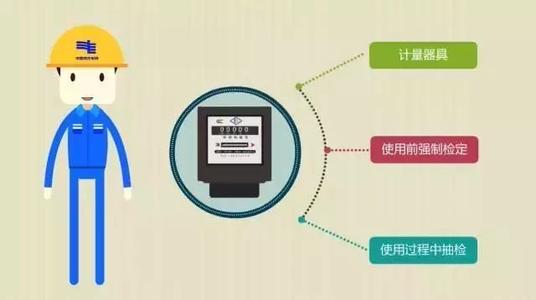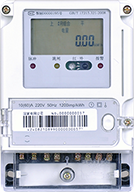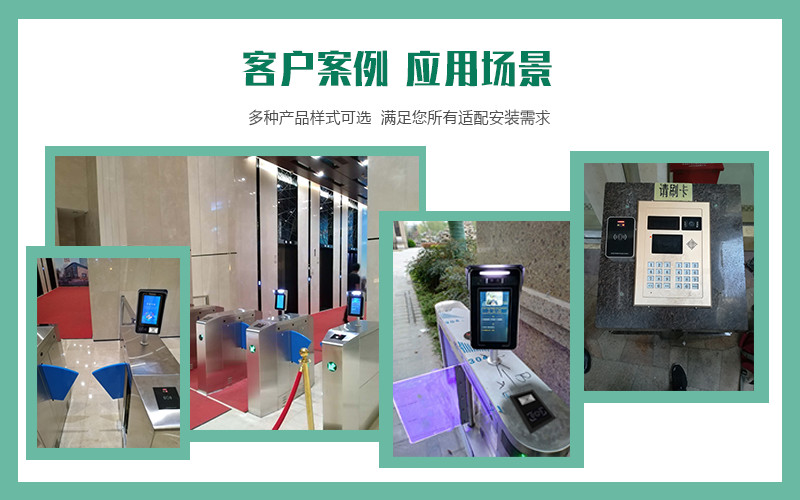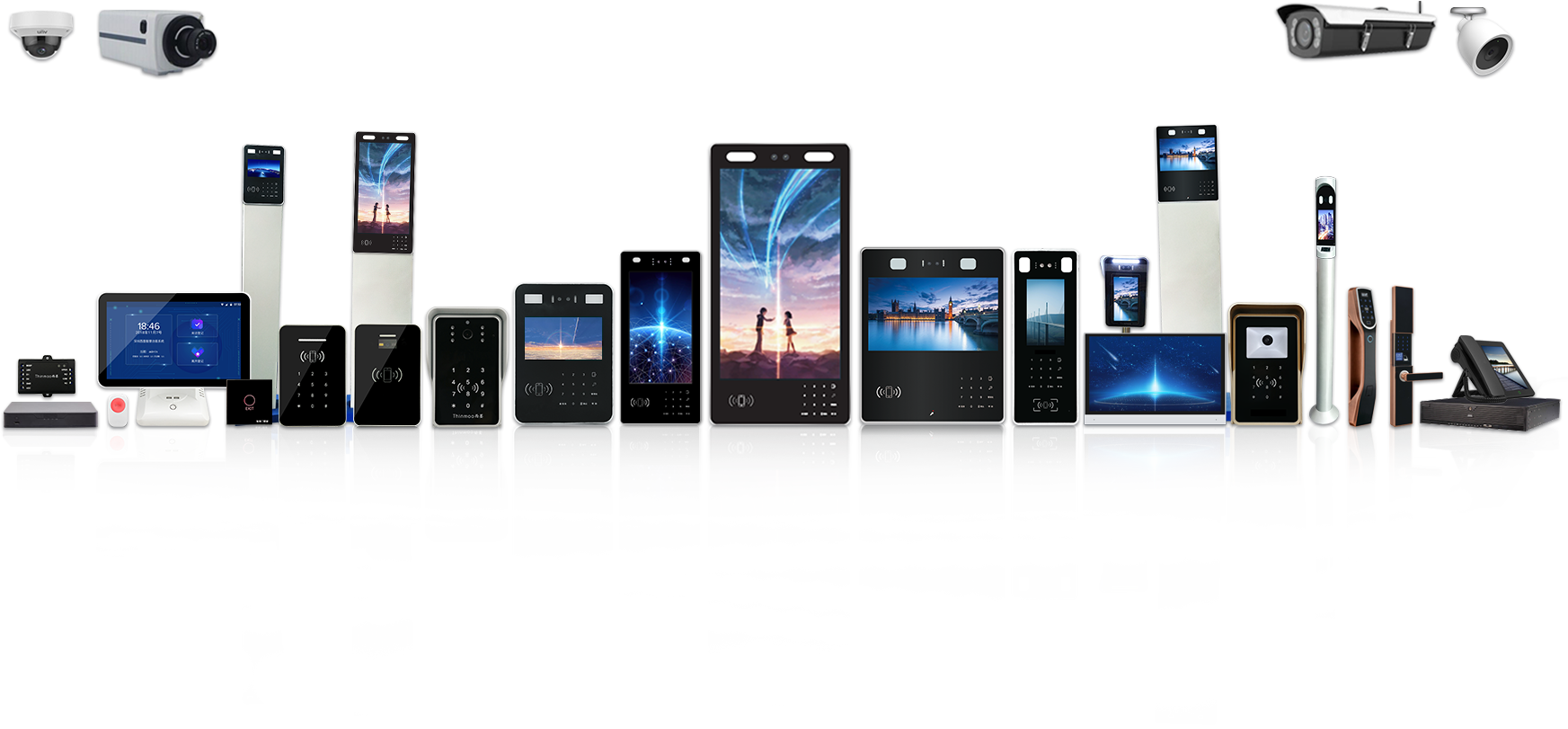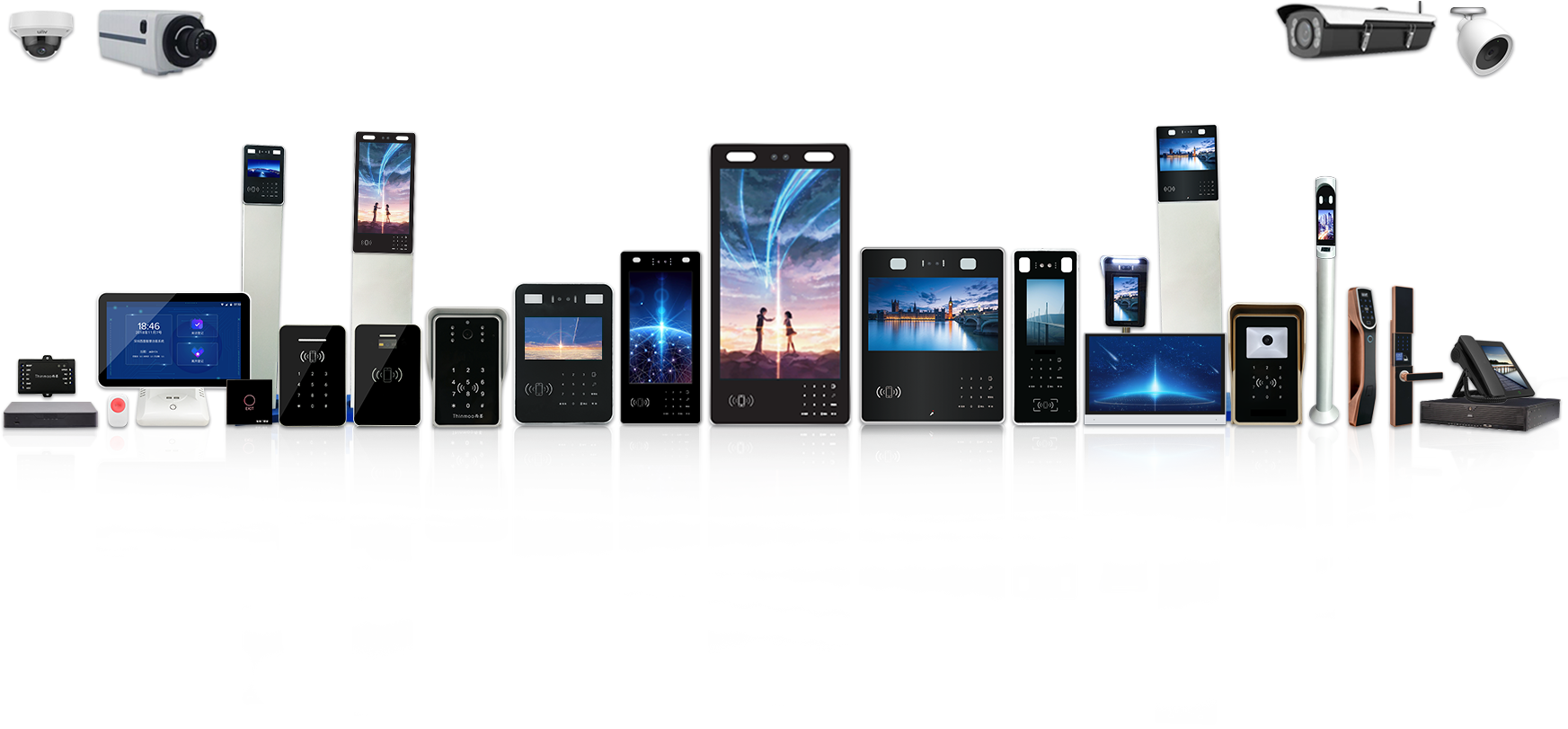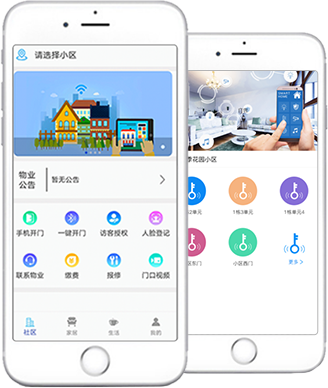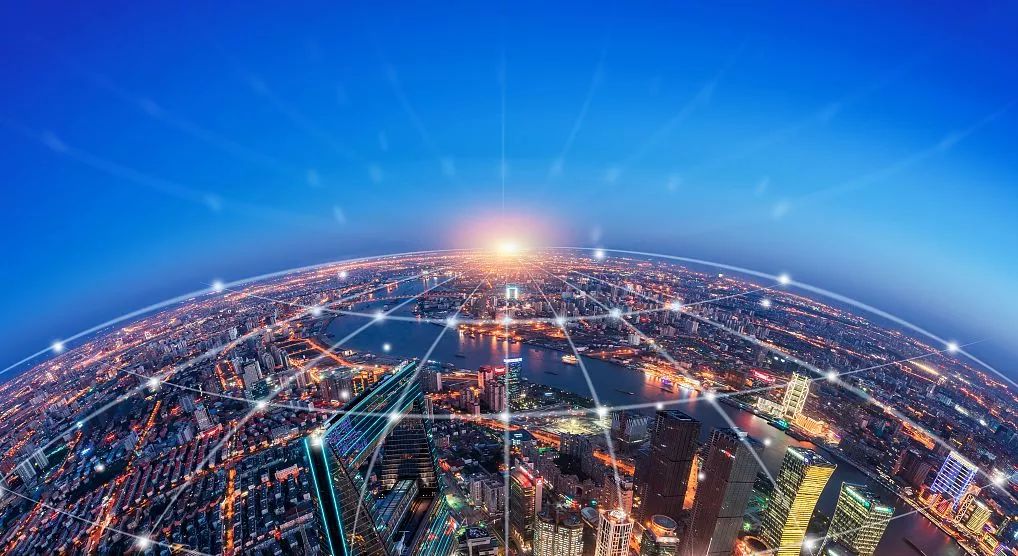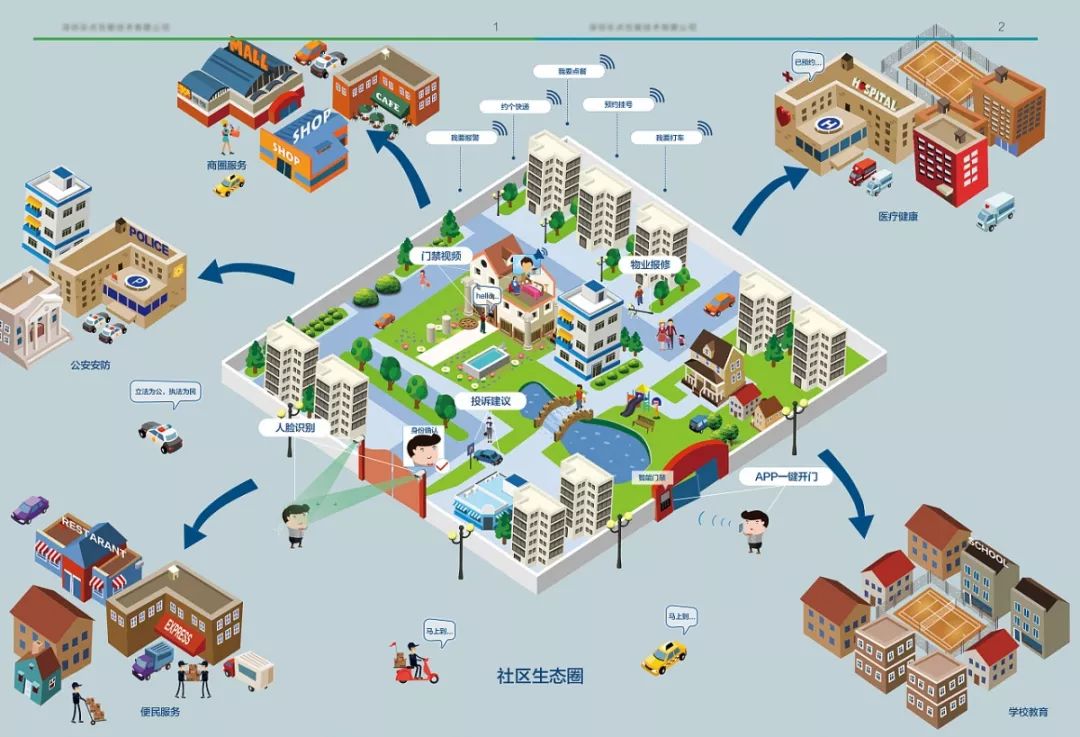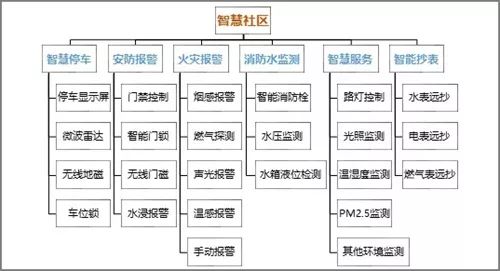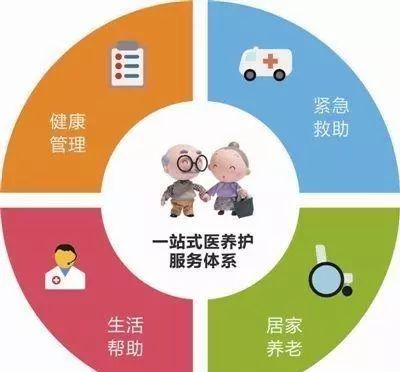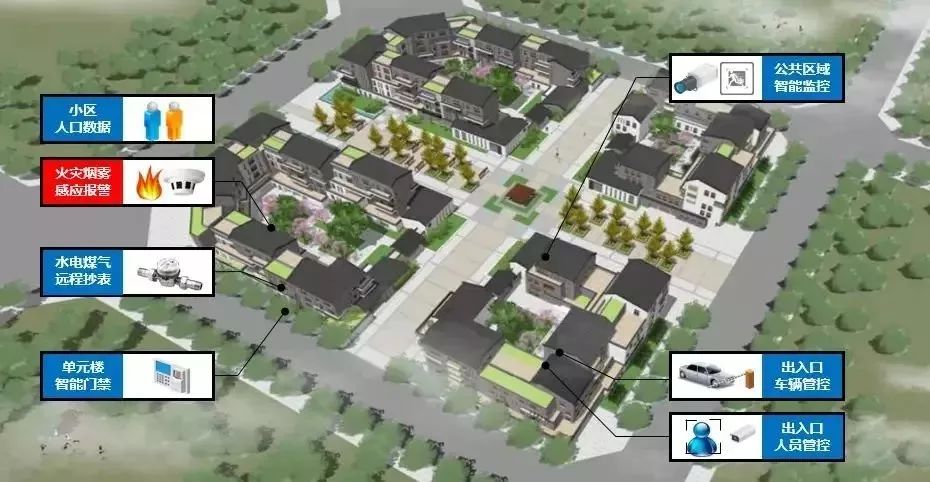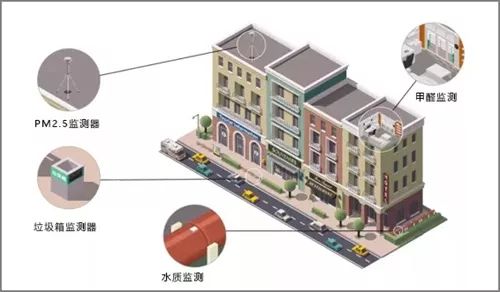Application and development of smart meters
Currently, smart meters are being deployed globally to make energy usage reporting and monitoring more efficient and accurate. Since the beginning of the germination, smart meters have been developing for nearly 20 years, and the development of technology has become increasingly mature. At present, the use of smart meters in China has exceeded 400 million. According to the national “13th Five-Year Plan”, in 2020, China will fully realize 100% coverage of smart meters.
Intelligent meter
At present, in Shenzhen, since 2016, Shenzhen Power Supply Bureau has vigorously promoted the construction of smart meters and low-voltage collection. At the end of April this year, the Shenzhen Power Supply Bureau launched the replacement of the smart meter of the last 1800 users in the city, completing the final piece of the infrastructure construction of the smart grid metering side, and the smart meter will completely replace the mechanical meter. In the past two years, Shenzhen has completed the replacement of more than 3.2 million smart meters and low-voltage collection.
Sensor on smart meter
Compared with mechanical watches, smart meters are powerful and have strong anti-theft power. According to the new regulations of Guodian, the new smart meter must be equipped with anti-stealing function. When someone attempts to apply an external magnetic field to damage the meter counter, the meter needs to detect the external magnetic field, and the anti-theft system responds accordingly to achieve the anti-theft function.
For example, the installation of sensors to achieve anti-theft is a widely used and ideal solution. The principle is because the magnetic sensor element can effectively detect the thief electromagnetic field applied from the outside by the user. When an attempt is made to apply an external magnetic field to damage the smart meter counter, the magnetic sensor detects the external magnetic field, and the anti-theft system reacts accordingly to achieve the anti-theft function.
Generally speaking, installing three digital sensors on a smart meter can effectively detect the magnetic field in the three axes of xyz. In the actual product, for the sake of safety, even 4 to 5 sensor chips are used to detect the thief electromagnetic field applied by the user from any direction outside the meter.
Three advantages of smart meters
In the smart grid architecture, numerous sensors are deployed throughout the grid infrastructure for monitoring, testing, and communication. As the foundation of smart city construction, smart meters are the most basic components of smart grids and an important source of basic data for smart grids. Better customer service can be achieved through the application of big data. Specifically, smart meters have the following three advantages.
The first is to make the data collected remotely more objective and accurate. Through the electric mining system, the power marketing business system can read the customer's voltage, current, power consumption and other power information in real time, and provide users with better service through big data applications, for example, more timely and accurate control of end user power consumption. Quality situation, timely and proactively solve the problem of low-voltage and other power quality. Second, it can make the response to a faster response when the power failure occurs; the third is to prevent human error caused by manual meter reading.
The future development direction of smart meter technology in China
From mechanical energy meters to electronic energy meters, to the current smart meters, the functions of the meters have been completed from the most basic precision metering, automatic meter reading requirements, to the evolution of the grid monitoring.
Cao Min, a senior technical expert at China Southern Power Grid Corporation, said that at present, smart meters are not only statutory instruments for power billing and settlement, but also important sensors for smart grids. At present, the cost control function of smart meters has been perfected, and the sensor function of smart meters has many valuable values. By analyzing the data collected by the smart meter, not only can the operation status of the power grid and the specific state of the equipment be seen, but also the power usage habits of the power users, the predicted load changes, and the user demand side management. Smart meters will become the basis for the digital and intelligent transformation of the power grid.
The next stage, the development direction of smart meter technology, one is that the meter itself needs to meet the requirements of measuring the traceability of raw data and non-metering functions, and the relative separation; second, the dual-core, multi-core, meter operating system remote online Upgrade, in-place edge computing and data intelligent processing, M2M collaboration, data sharing and security development, and third, communication and network technologies need to be upgraded.
In this context, many companies have developed a variety of communication and network technologies that adapt to smart meters.Shenzhen Thinmoo TechnologyCo., Ltd., a high-tech enterprise focusing on smart community smart home smart power, the company has deep technical accumulation in Internet audio and video communication, intelligent hardware, security, artificial intelligence; the company is based on customer first, quality first, serious and practical, The business philosophy of hard work, open and win-win, continuous manufacturing of quality products, returning customers with quality products, and creating a better life!
(From the sensor expert network)
